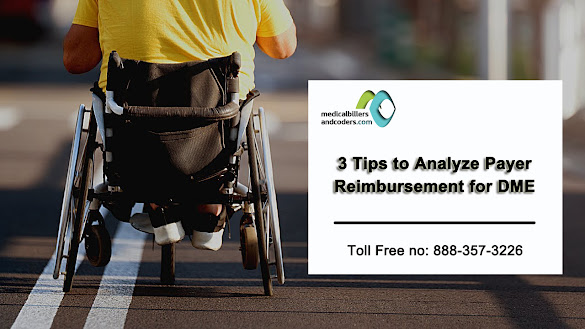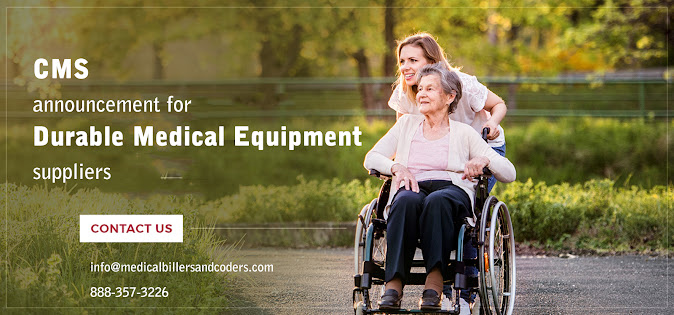5 Tips to Increase Revenue of Cardiology Practices

For the last couple of years, cardiology practices have encountered increasing administrative and overhead costs which have prompted a substantial decrease in payment reimbursements for cardiologists. As of late, cardiology practices have increased in size because of the advancing nature of this stream and the emergence of various ailments and their remedies. This has caused apprehension amongst practicing physicians as to how to evaluate and address the changes that are taking place or are being proposed. Henceforth, they rather pay attention to cardiovascular medicine than administrative or structural aspects of their practice. Industry Fact File The essential nature of the Cardiology industry has maintained demand and supported the industry expansion in the last five years. The increasing overhead expenses and lack of interest in administrative activities have prompted decreasing profit margins. The industry is fixed at $34 billion and annually it is slated to develop at ...


